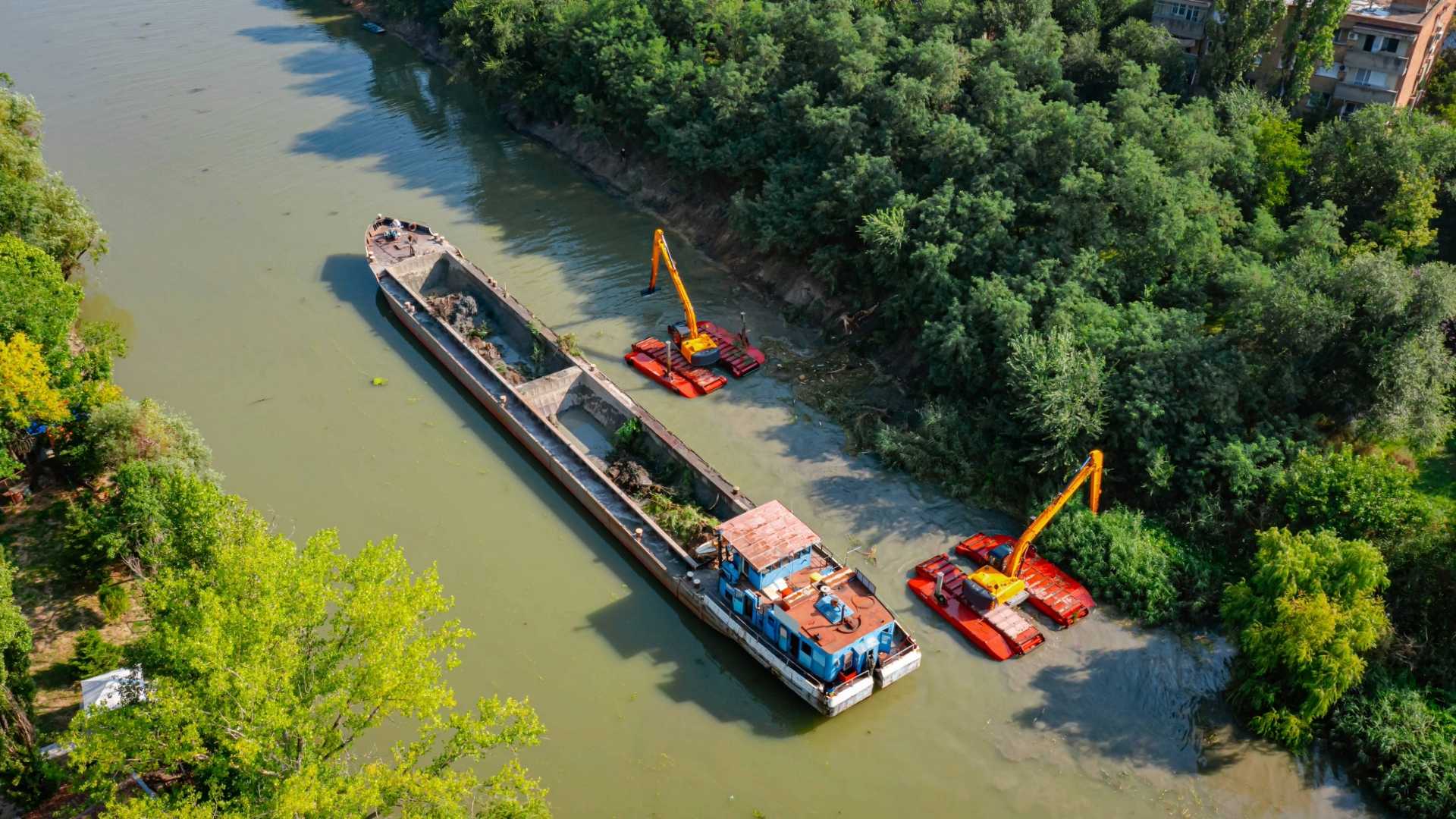Introduction
The organisers of the historic Durham Regatta are urgently seeking £125,000 to fund river dredging efforts, following a season of dangerously low water levels on the River Wear that have caused damage to racing boats and threatened the future of the prestigious event.
Held annually since 1834, the Durham Regatta is a cornerstone of the UK’s rowing calendar, drawing thousands of spectators and competitors to the city each June. However, recent competitions have highlighted a critical issue that can no longer be ignored: sediment build-up and falling water levels are making the river increasingly hazardous for rowers.
The Growing Problem: Shallow Waters and Boat Damage
This year’s 192nd Durham Regatta saw several teams struggle with the river’s conditions, as boats struck the riverbed mid-race. Reports from rowers and coaches indicated that the river was dangerously shallow in some stretches, with several teams sustaining damage to their boats. In one case, a rowing fin — a small but crucial component for steering — was broken off entirely upon contact with the riverbed.
Jacob Popoff, a rower from Durham University, described the experience as “jarring,” noting how his team’s boat scraped along the bottom during competition. “It definitely affected our performance,” he said. “You can feel the drag when the water is that low, and then there’s the risk of real damage.”
Steven Thompson of Lambton Rowing Club added that the issue was not isolated to one club or stretch of the river. “This affects everyone, up and down the river,” he said. “We need dredging not just for this event but for the future of rowing here.”
River Dredging as the Only Solution
The root of the problem lies in the accumulation of silt on the riverbed — a natural but escalating issue in slow-moving bodies of water, such as the River Wear. Without intervention, the build-up reduces navigable depth, making it increasingly difficult and dangerous for boats to operate safely.
To combat this, organisers are seeking funding for professional river dredging, a process that involves removing silt and debris from the riverbed to restore depth and flow. A permit for dredging has already been secured from the Environment Agency; however, actual work cannot begin until a detailed method statement is approved and the necessary funds are raised.
Nigel van Zwanenberg, a long-time organiser of the Durham Regatta, emphasised the urgency of the situation. “In hot summers, there simply won’t be enough water to row,” he warned. “You’d be able to walk your dog across the river.”
He stressed that without dredging, the future of the regatta — and potentially other water-based events on the River Wear — is in jeopardy.
Funding the Dredging: A £125K Crowdfunding Campaign
The projected cost of the dredging work is approximately £125,000, which includes environmental assessments, private contractors, and the mechanical equipment required to remove the silt. Given the event’s non-profit nature, the organisers have launched a crowdfunding campaign to help meet the financial shortfall.
“We’re reaching out to the rowing community, local businesses, alumni, and supporters of the regatta,” said van Zwanenberg. “This isn’t just about one event — it’s about preserving a heritage.”
The crowdfunding initiative will be paired with local fundraising events and appeals to regional development funds. The organisers are hopeful that the strong community ties and historic significance of the regatta will help them reach their goal in time for next year’s competition.
Environmental Considerations and Compliance
River dredging is a regulated activity in the UK due to its potential environmental impact. The Environment Agency has confirmed that Durham Rowing Club has obtained a permit to proceed with dredging, but only under strict conditions designed to protect the river’s ecosystem.
A spokesperson from the agency noted, “Any work undertaken must be in line with the conditions of the permit. This includes timing restrictions, sediment disposal methods, and measures to avoid harm to aquatic life.”
Organisers are working closely with environmental consultants to ensure that all dredging operations are compliant and sustainable, aiming to strike a balance between the need for safe rowing conditions and long-term river health.
Why Dredging Matters Beyond the Regatta
While the immediate concern is the safety and viability of the Durham Regatta, the need for dredging has broader implications. The River Wear supports a variety of recreational, sporting, and community activities, all of which depend on a safe and navigable waterway.
Clubs along the river — including those for kayaking, fishing, and other water sports — are also affected by low water levels and sedimentation, commonly referred to as siltation. Dredging the river could therefore provide a wide range of long-term benefits, improving access, safety, and environmental conditions for everyone who uses the river.
Moreover, maintaining this iconic event contributes significantly to Durham’s local economy. Hotels, restaurants, and local businesses see increased activity during regatta weekend, with thousands of visitors generating vital tourism revenue.
A Call to Action for Supporters of Rowing and Heritage
As the organisers rally support for their crowdfunding campaign, they are also making a broader appeal: to preserve not just a sporting event, but a living tradition.
“With your support,” their campaign message reads, “we can restore the River Wear, protect the heritage of the Durham Regatta, and ensure that future generations of rowers can compete safely and proudly in this historic city.”
For those who value sports, community, and history, this is an opportunity to play a role in preserving an event that has endured for nearly two centuries.
